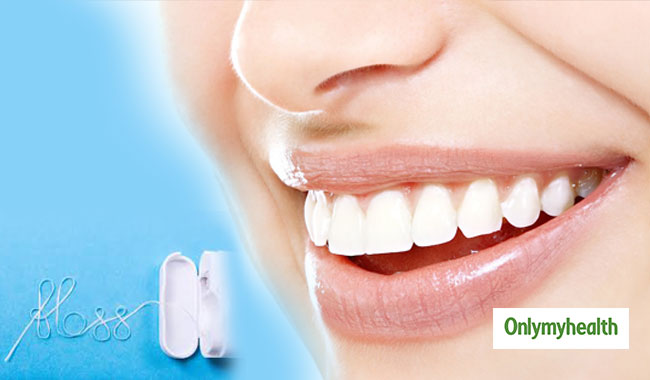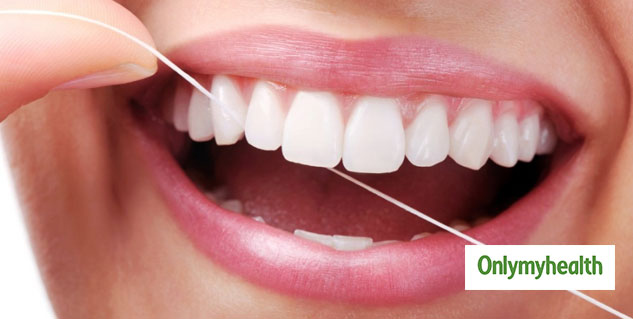
A 2-minute tooth brushing twice a day is the ritual for most of us, but brushing by itself is not enough for oral health. We do not realise how important flossing is to improve our dental health, primarily because of the lack of awareness about the same.
Table of Content:-
Flossing is one of those practices that revitalise the gum tissues so that it becomes healthy. It also removes plaque and food stuck in places where a toothbrush cannot reach (between your teeth and under the gum-line). Daily flossing shields you against periodontal diseases and tooth decay.

How to Floss
Hold the floss as you like. Most people prefer to wind the floss around the middle finger of each hand before pulling it taut and guiding it with the index finger. You may also wind it around your index finger and use the thumb and middle finger to guide it, hold the ends of the floss or use a floss-guiding tool. How you hold the floss is not important. You need to use it well to clean your teeth properly. If you are finding it difficult to use the floss, ask your dentist or hygienist for suggestions.
Also read: Spread a Smile with those Pearly Whites
The Procedure
- Wind the floss on your fingers so that a short segment is ready to work with.
- Insert the floss gently between two teeth. If it is difficult to guide it between teeth, use a back-and-forth movement to work the floss through the narrow spot. Do not insert the floss with a jerk as it could cut your gums.
- Hold the floss around the front and back of one tooth, so that it makes a "C" shape. This helps to wrap the floss around the side edge of that tooth as well.
- Move the floss gently toward the base of the tooth and then into the space amid the tooth and gum.
- Move the floss up and down gently to remove off plaque in that area. Do not press hard as it may injure your gum.
- Do this for all sides of the all the teeth. Use a clean segment of floss for each tooth edge.
There are two types of floss you can choose from – nylon (or multifilament) floss and PTFE (monofilament) floss. The former can be found in waxed and unwaxed types and in several flavours. Nylon floss is composed of many strands of nylon, which can sometimes tear or shred, particularly between teeth with tight contact points. Single filament (PTFE) floss is expensive compared with nylon floss, but slides easily between the teeth (even those with tight spaces) and is shred-resistant. Both types of floss are excellent at removing plaque and debris.
Also read: Why Flossing is Good for your Gum Health
It is advised that you seek your doctor’s help or watch some videos before you start flossing so that you can know you how to do it properly. Ask the dentist to help you learn how to hold the floss correctly, place it in between teeth and move the floss around. Moreover, you may also take inputs on how often you should floss as per your case.
How we keep this article up to date:
We work with experts and keep a close eye on the latest in health and wellness. Whenever there is a new research or helpful information, we update our articles with accurate and useful advice.
Current Version